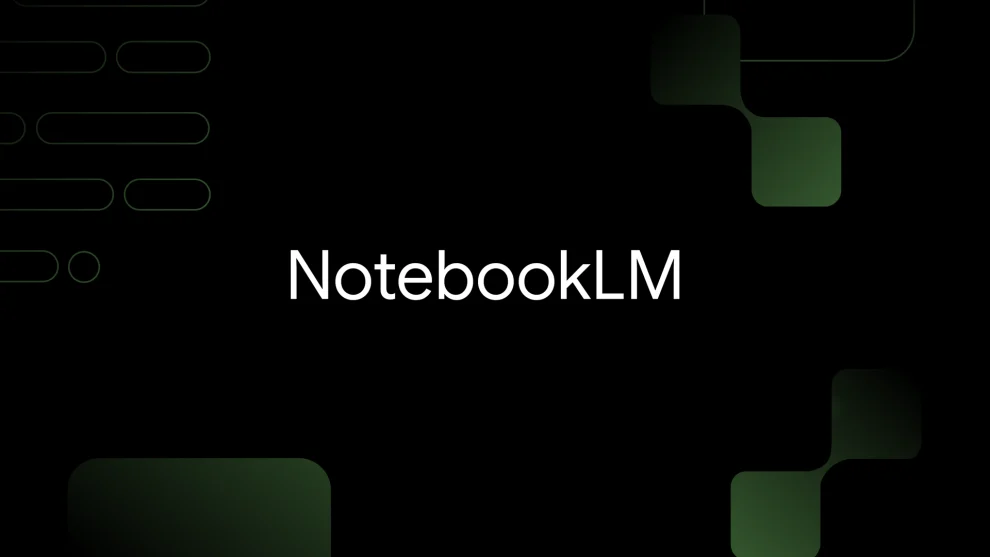Google has unveiled NotebookLM, an artificial intelligence tool that’s set to transform the landscape of podcast creation. This innovative platform allows users to generate stunningly realistic AI podcasts without the need for a microphone, marking a significant leap in content creation technology.
As I sit in my home office, surrounded by the usual podcasting gear – microphones, mixers, and sound-dampening panels – I can’t help but feel a mix of awe and trepidation. Google’s NotebookLM is challenging everything we thought we knew about audio content creation.
“It’s like having two seasoned podcast hosts in your computer, ready to discuss any topic you throw at them,” remarks Sarah Chen, a tech analyst I spoke with earlier today. The implications for content creators and the media industry are enormous.
NotebookLM’s process is surprisingly straightforward. Users simply upload articles or text documents to the platform, and the AI analyzes the content, generating a natural-sounding conversation between two virtual hosts. The result? A professionally produced podcast episode that’s virtually indistinguishable from human-created content.
To test this claim, I uploaded a recent tech blog post to NotebookLM. Within minutes, I was listening to a lively discussion between two AI-generated voices, complete with natural pauses, conversational filler words, and even the occasional chuckle. The attention to detail is remarkable.
A Step-by-Step Guide
1. Accessing NotebookLM
To begin your AI podcasting journey, head to https://notebooklm.google/. You’ll need a free Google account to access the platform.
2. Uploading Your Content
NotebookLM accepts various file formats, including PDFs, text files, and even links to web pages. “The more diverse your sources, the richer the conversation,” advises Chen.
3. Generating the Audio
With your content uploaded, simply click “Generate” and wait. In my tests, a single blog post resulted in a 7-minute podcast, while two posts produced a 9-minute episode.
4. Listening and Downloading
Once generation is complete, you can listen to your AI-created podcast directly in the browser or download it as a WAV file for further editing or distribution.
Despite the advanced technology, there’s still a role for human creativity. “NotebookLM is a tool, not a replacement for human insight,” says Mark Rodriguez, a podcaster who’s been experimenting with the platform. It’s up to us to curate the content and ensure the final product aligns with our vision.

Sharing Your AI Podcast From NotebookLM to YouTube
For those looking to share their AI-generated podcasts, YouTube offers a popular platform. Here’s a quick guide:
1. Create a Headliner account (headliner.app) and link it to your YouTube account.
2. Upload your NotebookLM-generated audio file to Headliner.
3. Add artwork and choose a waveform visualization.
4. Share directly to YouTube or download the video file for further editing.
As impressive as NotebookLM is, it’s clear that this is just the beginning. Google has not yet implemented options for changing voice types or controlling conversation length, but industry experts anticipate these features in future updates.
We’re standing at the frontier of AI-assisted content creation,” Chen explains. “The potential for personalized, on-demand audio content is immense.”
While the technology is impressive, it’s crucial to approach AI-generated content with a critical eye. Google includes a disclaimer stating that NotebookLM “may still sometimes give inaccurate responses,” reminding users to verify facts independently.
This caveat highlights the ongoing debate about AI’s role in content creation and the importance of human oversight in maintaining accuracy and ethical standards.
As I wrap up my day of testing NotebookLM, I’m left with a sense of excitement and curiosity about the future of content creation. This tool has the potential to democratize podcast production, allowing individuals and organizations to create high-quality audio content with minimal equipment.
However, the true value of NotebookLM will likely be realized when it’s used in conjunction with human creativity and expertise. As we move forward, finding the right balance between AI assistance and human insight will be key to harnessing the full potential of this revolutionary technology.
















Add Comment